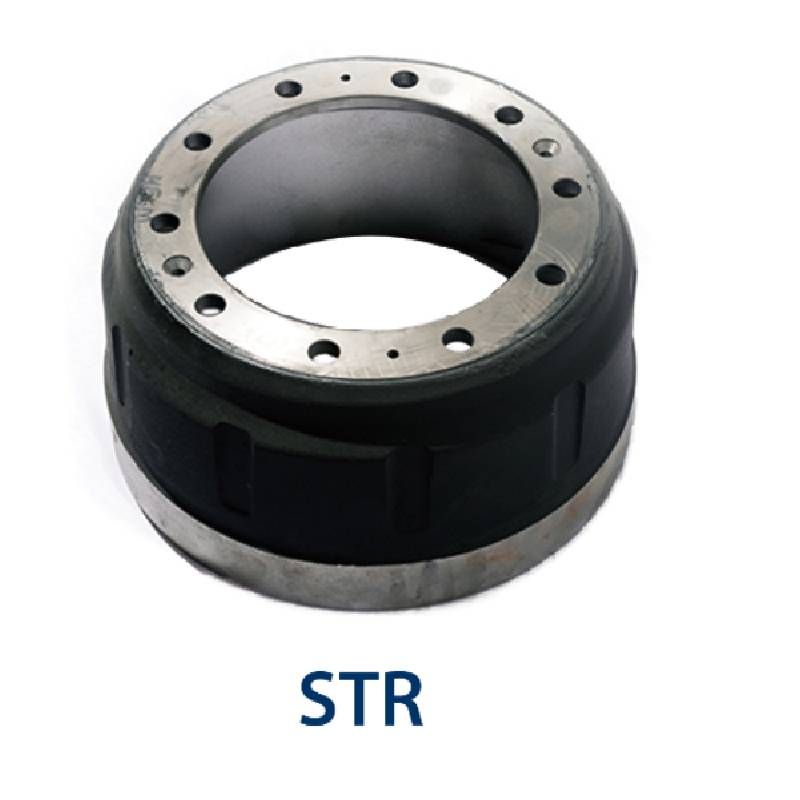Dec . 25, 2024 14:27 Back to list
Advantages of Using Aluminum Brake Drums in Modern Automotive Applications
Aluminum Brake Drums A Comprehensive Overview
Brake drums are integral components of a vehicle’s braking system, playing a crucial role in the safety and performance of automobiles. Traditionally, these drums have been fabricated from cast iron, primarily due to its durability and heat-resistant properties. However, the automotive industry has seen a significant shift towards using aluminum for brake drums, spurred by the need for lightweight materials that can enhance vehicle efficiency and reduce emissions. This article delves into the advantages, challenges, and applications of aluminum brake drums in modern vehicles.
Advantages of Aluminum Brake Drums
1. Weight Reduction One of the most compelling reasons to switch to aluminum brake drums is the substantial weight reduction they offer. Aluminum is approximately 30-40% lighter than cast iron. This weight reduction contributes to overall vehicle mass, which in turn enhances fuel efficiency. Lighter vehicles require less energy to accelerate and maintain speed, which is crucial in an era where fuel economy is a top priority for both manufacturers and consumers.
2. Improved Heat Dissipation Aluminum has excellent thermal conductivity, which means that aluminum brake drums can dissipate heat more effectively than their cast iron counterparts. When brakes are applied, they generate significant heat due to friction. Efficient heat dissipation is vital to prevent brake fade, a condition where braking power diminishes due to excessive heat. Aluminum’s ability to maintain a lower operating temperature can lead to improved braking performance and safety.
3. Corrosion Resistance Aluminum naturally forms a protective oxide layer when exposed to air, which helps to resist corrosion. This resilience makes aluminum brake drums ideal for a variety of environments, especially for vehicles operating in regions with harsh weather conditions, including heavy rain, snow, or high humidity. Rust and corrosion can severely compromise the integrity of brake systems, making aluminum a more reliable option.
4. Manufacturing Flexibility Aluminum can be easily cast and machined into complex shapes, allowing for innovative designs that can optimize performance. This flexibility in manufacturing also enables the production of lighter, more aerodynamic brake drums that can improve overall vehicle aerodynamics, contributing to enhanced fuel efficiency.
Challenges Associated with Aluminum Brake Drums
Despite the many benefits, the adoption of aluminum brake drums is not without challenges
.aluminum brake drums

1. Cost Considerations The initial manufacturing costs for aluminum can be higher than for cast iron due to the complex processes involved in sourcing and processing the metal. While the overall weight savings can lead to lower operating costs, the upfront investment may deter some manufacturers from making the switch.
2. Durability Concerns While aluminum is strong and lightweight, some purists argue that it does not exhibit the same strength and durability properties as cast iron under extreme conditions. In high-performance scenarios, such as racing or heavy-duty applications, concerns have been raised about the long-term integrity of aluminum brake drums.
3. Heat Resistance Although aluminum dissipates heat well, it can be less tolerant to very high temperatures compared to cast iron. Overheating can lead to warping or failure of the brake drum, which is a critical safety concern. Manufacturers are continually working on alloy formulations to enhance the thermal properties of aluminum brake drums.
Applications in the Automotive Industry
The automotive industry is increasingly embracing aluminum brake drums, especially in passenger vehicles and some light trucks. Hybrid and electric vehicles, in particular, can benefit significantly from the weight reduction achieved through aluminum components, as they seek to maximize range and efficiency.
Furthermore, performance vehicles, which require high levels of braking efficiency and reduced weight for enhanced agility, are increasingly opting for aluminum brake drums as a premium option. As technology advances and manufacturers develop improved aluminum alloys, we may see wider acceptance in more vehicle segments.
Conclusion
Aluminum brake drums represent a notable advancement in automotive technology, aligning with the industry’s push towards sustainability and efficiency. While challenges remain, the benefits of weight reduction, improved heat dissipation, corrosion resistance, and manufacturing flexibility make aluminum a promising material for brake drum production. As the automotive landscape continues to evolve, the shift towards aluminum brake drums may very well become a standard, enhancing vehicle performance and safety for years to come. As research and development continue to progress, the future of braking systems looks to be lighter, more efficient, and safer.
-
ROR Web Development: Build Fast, Scalable, Secure Apps
NewsAug.17,2025
-
Scania Brake Drums: OEM Quality for Optimal Safety & Durability
NewsAug.16,2025
-
R.V.I: Advanced Remote Visual Inspection for Precision
NewsAug.15,2025
-
Discover HYUNDA: Innovative Vehicles, Equipment & Solutions
NewsAug.14,2025
-
R.V.I: Unlock Advanced Insights & Real-time Performance
NewsAug.13,2025
-
Kamaz Brake Drum: Durable & Reliable for Heavy Duty Trucks
NewsAug.12,2025
